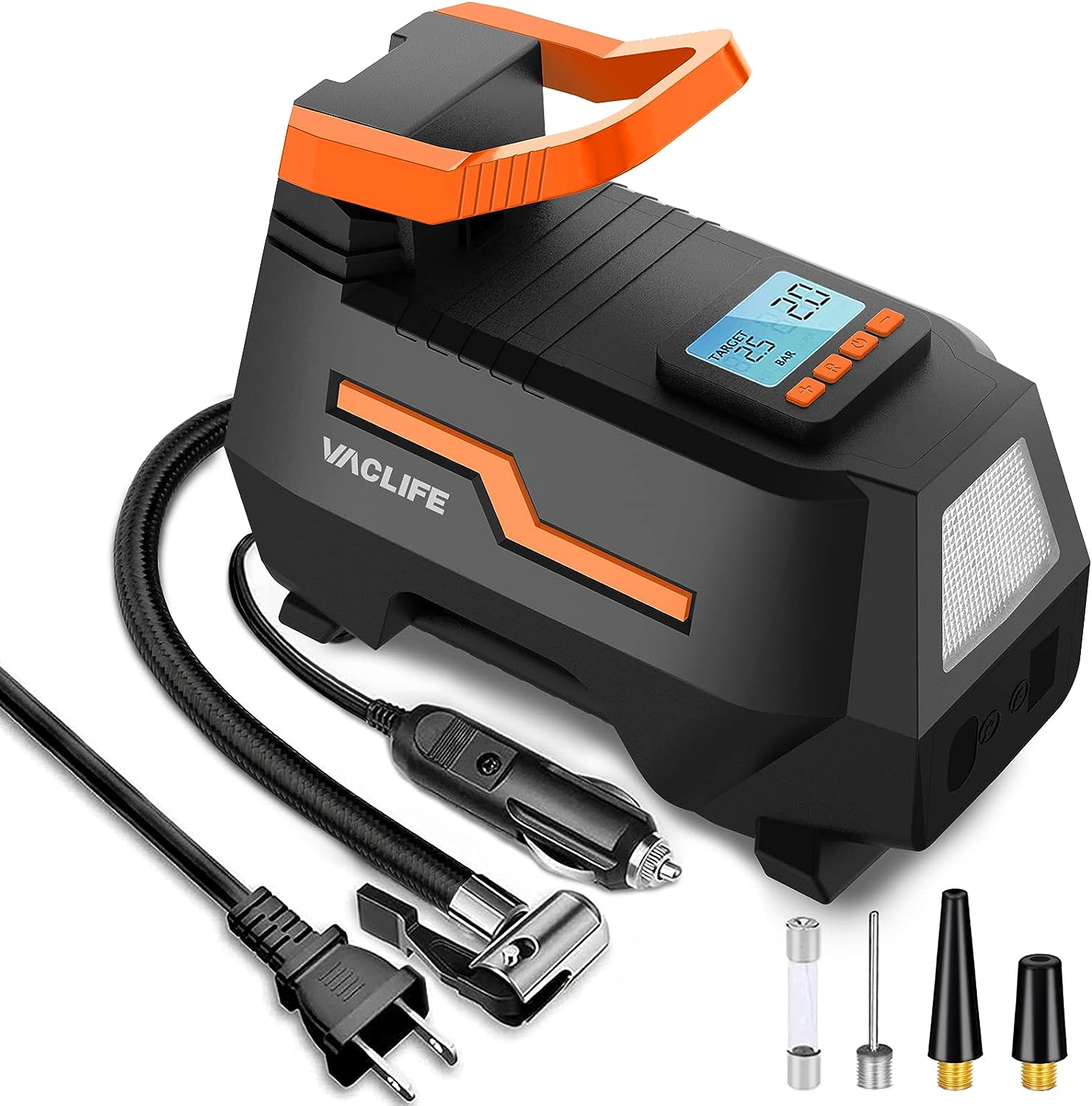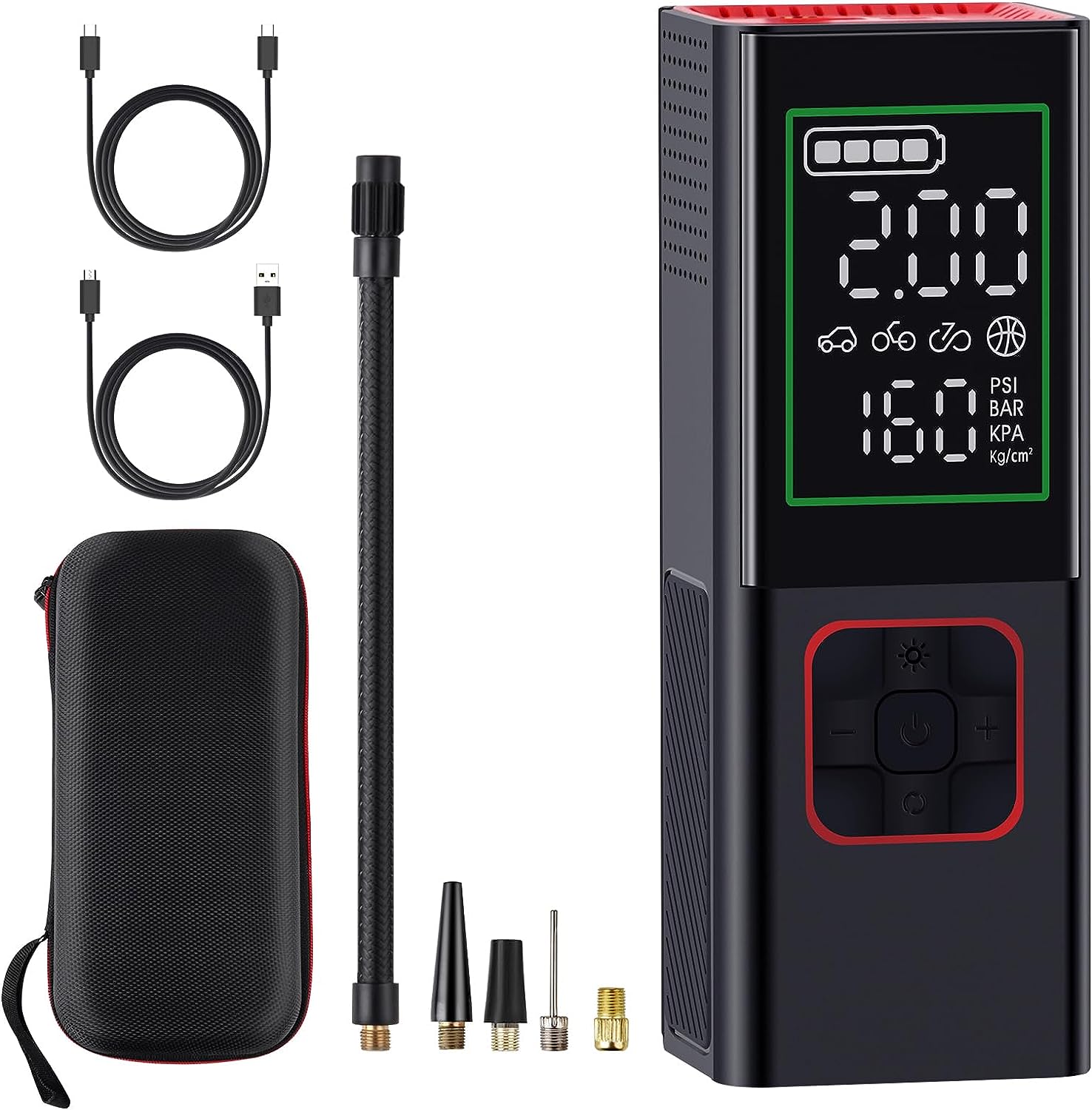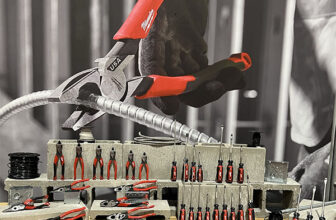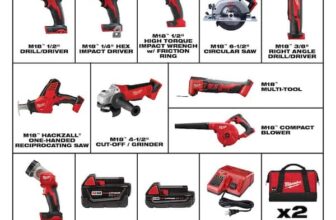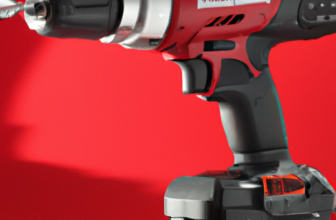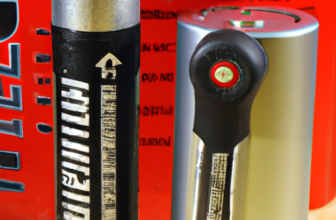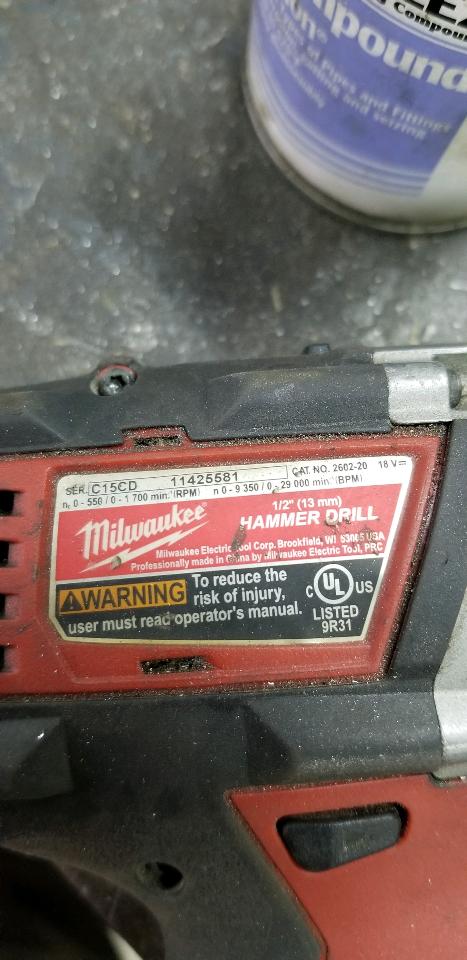
This post may contain affiliate links which means I may receive a commission for purchases made through links. Learn more on my Private Policy page.
If you own a Milwaukee tool and find yourself wondering about its warranty status, you have come to the right place. In this article, we will address the common question of “Is my Milwaukee tool under warranty?” Whether you recently purchased a tool or have been using it for some time, understanding the warranty coverage can provide peace of mind and help you make informed decisions about any repairs or replacements. So, let’s dive into the details and discover if your Milwaukee tool is still covered under warranty protection.
1. Understanding Milwaukee Tool Warranty
1.1 What is a warranty?
A warranty is a promise made by the manufacturer or seller of a product that they will stand behind the quality and performance of the product. It is a guarantee that if the product fails to meet certain standards or develops defects within a specified period of time, the manufacturer or seller will either repair or replace the product at no cost to the customer. Warranties provide consumers with peace of mind and reassurance that they are protected against faulty products.
1.2 Importance of understanding the warranty
Understanding the warranty for your Milwaukee Tool is crucial for several reasons. Firstly, it ensures that you are aware of your rights as a consumer and the level of protection you have for your tool. By understanding the warranty, you can make informed decisions about how to best take care of your tool and what steps to take if it requires repairs or replacements. Additionally, understanding the warranty can help you avoid potential pitfalls or misunderstandings that may arise during the warranty claim process.
1.3 Types of warranties offered by Milwaukee Tool
Milwaukee Tool offers different types of warranties depending on the product and the region in which it is sold. The two main types of warranties offered are the standard limited warranty and the extended warranty. The standard limited warranty typically covers defects in materials and workmanship for a certain period of time, while the extended warranty provides additional coverage beyond the standard warranty period. It is important to consult the specific warranty terms for your Milwaukee Tool to understand the exact coverage provided.
1.4 Duration of Milwaukee Tool warranties
The duration of Milwaukee Tool warranties varies depending on the specific product and its intended use. The standard limited warranty periods generally range from one to five years, with some exceptions for certain high-demand products or professional-grade tools. Extended warranties, if available, can extend the coverage for an additional period of time beyond the standard warranty. It is important to check the warranty documentation or contact Milwaukee Tool directly to determine the exact duration of the warranty for your specific tool.
2. Registering Your Milwaukee Tool
2.1 Why should you register your tool?
Registering your Milwaukee Tool is highly recommended as it offers several benefits. By registering your tool, you provide Milwaukee Tool with important information about your purchase, including proof of ownership and the date of purchase. This information is crucial when it comes to validating your warranty and accessing warranty services. Registration also allows Milwaukee Tool to provide you with important product updates, safety notifications, and promotions.
2.2 Process of registering your Milwaukee Tool
Registering your Milwaukee Tool is a simple and straightforward process. Typically, you can register your tool either online through Milwaukee Tool’s official website or by completing and mailing the registration card included with your tool. When registering online, you will be asked to provide information such as your name, contact details, tool model and serial numbers, and purchase information. It is important to ensure that all the information provided is accurate and up to date to avoid any issues with warranty validation in the future.
2.3 Benefits of registering your tool
Registering your Milwaukee Tool comes with several benefits. Firstly, it allows you to easily validate your warranty and access warranty services if needed. By having your tool registered, Milwaukee Tool can quickly verify your ownership and confirm the warranty status, saving you time and effort in case of a warranty claim. Additionally, registered owners often receive priority service and support from Milwaukee Tool, ensuring a smoother and more efficient process for any repairs or replacements that may be required. Lastly, registered owners may receive exclusive product updates, important safety notifications, and special promotions that are not available to unregistered owners.

3. Coverage of Milwaukee Tool Warranty
3.1 What does the warranty cover?
The coverage of a Milwaukee Tool warranty typically includes defects in materials and workmanship. This means that if your tool experiences any issues due to faulty materials or manufacturing processes within the specified warranty period, Milwaukee Tool will repair or replace the tool free of charge. The warranty coverage may also extend to certain components or parts of the tool, depending on the specific terms outlined in the warranty documentation. It is important to carefully review the warranty to understand the exact coverage provided for your tool.
3.2 Exclusions from warranty coverage
While Milwaukee Tool warranties are designed to provide comprehensive coverage, there are certain exclusions that may limit the warranty’s applicability. Common exclusions include normal wear and tear, misuse or abuse of the tool, improper maintenance, and damage caused by unauthorized repairs or modifications. These exclusions aim to ensure that the warranty is not abused or misused and that customers take proper care of their tools. It is important to familiarize yourself with the specific exclusions listed in the warranty documentation to understand any limitations on the warranty coverage.
3.3 Determining if your tool is eligible for warranty
To determine if your Milwaukee Tool is eligible for warranty coverage, you need to consider a few factors. Firstly, check the warranty duration to ensure that your tool is still within the specified warranty period. Secondly, review the warranty exclusions to verify that your tool’s issue is covered by the warranty. If you believe your tool meets the criteria for warranty coverage, you can proceed with the warranty claim process, which may require additional steps such as validating the warranty and submitting the necessary documents.
4. Validating Your Warranty
4.1 How to check if your tool is under warranty?
To check if your Milwaukee Tool is under warranty, you can follow a few simple steps. Firstly, locate the product model and serial number, which can usually be found on a label or plate attached to the tool. Once you have this information, visit Milwaukee Tool’s official website and navigate to the warranty validation section. Enter the product model and serial number as prompted, and the website will verify the warranty status of your tool. Alternatively, you can contact Milwaukee Tool’s customer service directly and provide them with the necessary details to verify your warranty.
4.2 Contacting Milwaukee Tool for warranty validation
If you prefer to contact Milwaukee Tool directly for warranty validation, you can reach out to their customer service department. Their contact information can usually be found on the packaging or the official website. When contacting Milwaukee Tool, be prepared to provide the product model and serial number, as well as any other relevant details about your tool and its issue. Milwaukee Tool’s customer service representatives will guide you through the warranty validation process and provide you with the necessary information to proceed with a warranty claim if applicable.
4.3 Required documents for warranty validation
When validating your Milwaukee Tool warranty, there may be certain documents or information that you need to provide. These documents typically include the original proof of purchase, such as a sales receipt or invoice, which confirms the date and location of the purchase. Additionally, you may need to submit the product registration details, if you have registered your tool with Milwaukee Tool. Having these documents readily available can help expedite the warranty validation process and ensure a smoother experience when filing a warranty claim.
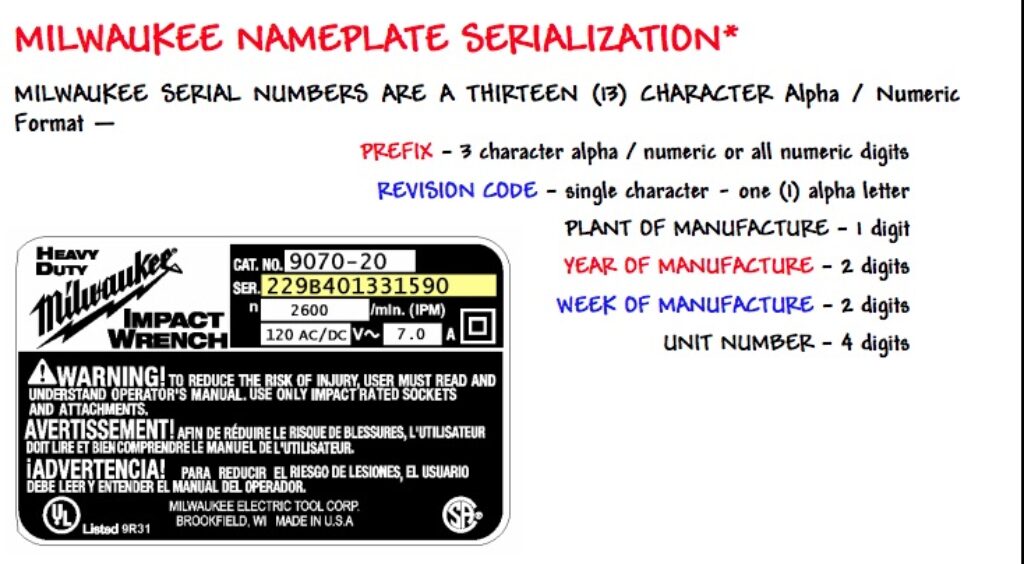
5. Understanding Warranty Period
5.1 Duration of the standard warranty
The duration of the standard warranty for Milwaukee Tool products can vary depending on the specific tool and region. Typically, the standard warranty period ranges from one to five years. This means that for the specified duration, Milwaukee Tool will provide coverage for defects in materials and workmanship. It is important to consult the warranty documentation or contact Milwaukee Tool directly to determine the exact warranty period for your tool.
5.2 Extended warranty options
In addition to the standard warranty, Milwaukee Tool offers extended warranty options for certain products. These extended warranties provide coverage beyond the standard warranty period, offering customers an extended period of protection. The availability of extended warranties and the terms and conditions associated with them may vary depending on the specific product and region. It is advisable to inquire about extended warranty options at the time of purchase or check the Milwaukee Tool website for more information.
5.3 Limited lifetime warranty information
Some Milwaukee Tool products may come with a limited lifetime warranty. This warranty provides coverage for the entire expected lifetime of the tool, ensuring that customers are protected against defects for the entire duration of their ownership. However, it is important to note that the limited lifetime warranty may have certain limitations, exclusions, or specific conditions that need to be met in order to qualify for the coverage. To fully understand the terms and conditions of the limited lifetime warranty, it is recommended to review the specific warranty documentation provided with the tool or consult Milwaukee Tool directly.
6. Submitting a Warranty Claim
6.1 Initiating a warranty claim
If you believe that your Milwaukee Tool is eligible for warranty coverage, you can initiate a warranty claim. Before proceeding, ensure that your tool falls within the specified warranty period and meets the criteria outlined in the warranty documentation. To initiate a warranty claim, you typically need to contact Milwaukee Tool’s customer service department either by phone or through their online portal. Provide them with the necessary information about your tool and its issue, and they will guide you through the next steps of the claim process.
6.2 Step-by-step guide for submitting a claim
Submitting a warranty claim for your Milwaukee Tool follows a specific process. Here is a step-by-step guide to help you navigate through the claim submission:
Gather all the necessary information: Collect the product model and serial number, original proof of purchase, and any other relevant documentation.
Contact Milwaukee Tool: Reach out to their customer service through their provided channels and provide them with the required information.
Describe the issue: Clearly explain the problem you are experiencing with your tool and provide any additional details that may be helpful for the claim.
Follow instructions: Milwaukee Tool’s customer service will guide you through the necessary steps, which may include shipping the tool to a designated warranty service center or providing further documentation.
Await assessment: Once your tool has been received and assessed by Milwaukee Tool, they will determine whether the issue is covered by the warranty and communicate their decision to you.
Repair or replacement: If your claim is approved, Milwaukee Tool will proceed with either repairing or replacing the tool, depending on their assessment of the issue and availability of parts.
Return of the tool: Once the repair or replacement is completed, Milwaukee Tool will return the tool to you, usually free of charge.
6.3 Common mistakes to avoid during the claim process
During the warranty claim process, it is important to avoid certain common mistakes that may delay or complicate the resolution of your claim. These mistakes include:
- Failing to read and understand the warranty terms and exclusions.
- Not keeping the original proof of purchase, which is essential for validating the warranty.
- Providing incorrect or incomplete information when contacting Milwaukee Tool for a warranty claim.
- Attempting to repair the tool yourself or seeking unauthorized repairs, which may void the warranty.
- Ignoring or delaying the claim process, as timely action is crucial for resolving warranty claims efficiently.
By being aware of these common mistakes and taking the necessary precautions, you can ensure a smoother and more successful warranty claim process.

7. Milwaukee Tool Warranty Exceptions
7.1 Non-covered tools or product categories
While Milwaukee Tool strives to provide comprehensive warranty coverage, there are certain tools or product categories that may not be covered under their standard warranties. Examples of non-covered tools or product categories may include accessories, consumables, attachments, or tools used for commercial or industrial purposes. It is important to review the warranty documentation or contact Milwaukee Tool directly to determine if your specific tool or product category is eligible for warranty coverage.
7.2 Misuse and improper maintenance exceptions
Milwaukee Tool warranties do not cover issues arising from misuse or improper maintenance of the tool. Misuse includes using the tool beyond its intended purpose, exceeding recommended operating conditions, or subjecting the tool to harsh environments or abusive conditions. Improper maintenance refers to neglecting routine maintenance tasks, using incorrect or incompatible accessories or parts, or failing to follow the manufacturer’s instructions for care and maintenance. It is essential to properly use and maintain your Milwaukee Tool to ensure warranty coverage.
7.3 Third-party repairs and modifications
Another exception to Milwaukee Tool warranties is any damage caused by third-party repairs or modifications. Unauthorized repairs or modifications can void the warranty, as they may compromise the tool’s safety, functionality, or reliability. It is always advised to seek authorized service centers or Milwaukee Tool’s customer service for any repairs or modifications required during the warranty period. This ensures that the tool is serviced or modified using genuine parts and in accordance with manufacturer’s guidelines, maintaining the warranty coverage.
8. Repair or Replacement Options
8.1 Conditions for repair or replacement
When a Milwaukee Tool requires warranty service, the company typically provides repair or replacement options based on the assessment of the issue. If the issue is minor and can be fixed, Milwaukee Tool will opt for a repair. The repair is carried out by trained technicians using genuine parts and ensuring that the tool meets the required quality standards. In cases where the issue cannot be effectively repaired or the cost of repair is disproportionate to the value of the tool, Milwaukee Tool may choose to provide a replacement tool instead.
8.2 Warranty service centers
Milwaukee Tool has a network of authorized warranty service centers that handle repairs and replacements for their products. These service centers are equipped with the necessary expertise, tools, and genuine parts to ensure that your Milwaukee Tool receives the appropriate service. When initiating a warranty claim, Milwaukee Tool’s customer service will provide you with the details of the nearest service center or guide you on how to send the tool directly to the authorized location.
8.3 Obtaining a replacement for an irreparable tool
In cases where your Milwaukee Tool is deemed irreparable or the cost of repair is not feasible, the warranty may entitle you to a replacement tool. The specific conditions and eligibility for a replacement may vary depending on the product and its warranty terms. Milwaukee Tool’s customer service will guide you through the process of obtaining a replacement and provide you with the necessary instructions and information to facilitate the exchange. It is important to note that the replacement tool will typically be of the same or equivalent model, ensuring that you receive a suitable replacement for your original tool.

9. Transferring Warranty Ownership
9.1 Transferring warranty to a new owner
Depending on the specific terms of the warranty, it may be possible to transfer the warranty ownership from the original owner to a new owner. This can be useful in cases where a Milwaukee Tool is sold or transferred to another person. To transfer the warranty ownership, certain conditions may need to be met, such as providing proof of the initial purchase and ensuring that the transfer is conducted within a specified time period. It is advisable to consult the warranty documentation or contact Milwaukee Tool directly for guidance on transferring the warranty ownership.
9.2 Required steps for transfer of ownership
To successfully transfer the warranty ownership of a Milwaukee Tool, there are generally a few steps that need to be followed. These steps may include:
Notify Milwaukee Tool: Contact Milwaukee Tool’s customer service to inform them about the transfer of ownership and provide the necessary details, such as the original owner’s information, new owner’s information, and the tool’s model and serial numbers.
Complete transfer documentation: Milwaukee Tool may require the completion of specific transfer documentation, such as a transfer of ownership form or a written request. Follow their instructions closely and provide all the requested information accurately.
Submit supporting documents: Along with the transfer documentation, you may need to submit supporting documents, such as the original proof of purchase, to verify the validity of the warranty. Ensure that all the relevant documents are provided in a timely manner.
Await confirmation: Milwaukee Tool will review the transfer request and the supporting documents to confirm the transfer of warranty ownership. Once the transfer has been approved, they will communicate the updated warranty status to both the original owner and the new owner.
By following these steps and fulfilling the necessary requirements, you can ensure a smooth transfer of warranty ownership for your Milwaukee Tool.
10. Frequently Asked Questions about Milwaukee Tool Warranty
10.1 What if I lost my original receipt?
Losing the original receipt can make warranty validation more challenging, but it is not necessarily impossible to proceed with a warranty claim. In such cases, Milwaukee Tool may require additional documentation or proof of purchase alternatives to establish the warranty validity. These alternatives may include credit card statements, bank statements, or retailer records showing the purchase date and transaction details. It is recommended to contact Milwaukee Tool’s customer service for specific instructions on how to proceed without the original receipt.
10.2 Can I get my tool repaired locally instead?
While it may be tempting to get your Milwaukee Tool repaired locally, it is important to note that third-party repairs can potentially void the warranty. Milwaukee Tool’s warranties are designed to ensure that the tools are serviced using genuine parts and by authorized technicians who are trained to maintain the tool’s quality and performance. By choosing to have your tool repaired locally, you risk compromising the warranty coverage and potentially causing further damage to the tool. It is advisable to seek out authorized warranty service centers or contact Milwaukee Tool directly for the most reliable repair options.
10.3 Does the warranty cover normal wear and tear?
The standard Milwaukee Tool warranty typically does not cover normal wear and tear. Normal wear and tear refers to the natural deterioration or gradual damage that occurs as a result of the tool’s regular use over time. Examples of normal wear and tear include the gradual dulling of blades, wear on brushes, or the wearing down of moving parts. However, if the wear and tear significantly affect the functionality or performance of the tool within the warranty period, it may still be eligible for warranty coverage. It is advisable to review the specific terms and conditions of the warranty and consult Milwaukee Tool for further clarification on what is considered normal wear and tear.
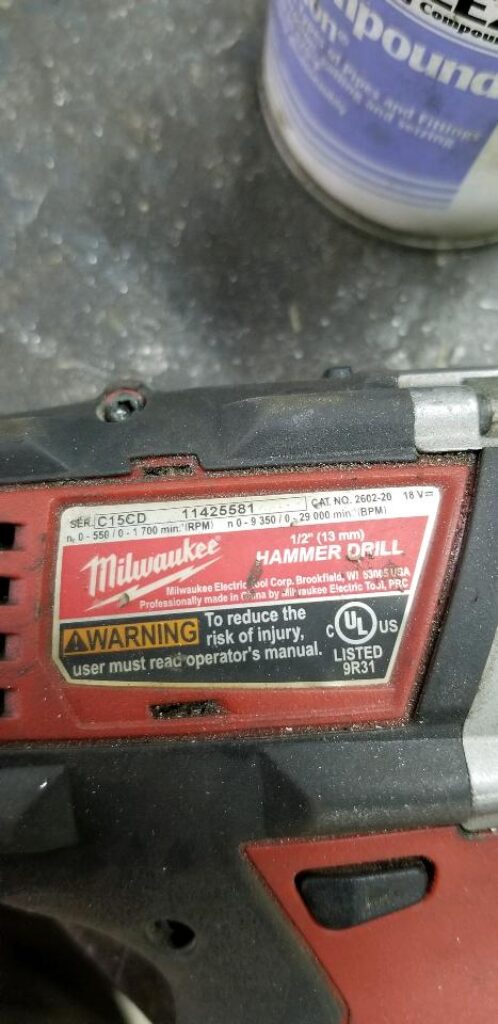
This post may contain affiliate links which means I may receive a commission for purchases made through links. Learn more on my Private Policy page.

